

Solid all round rum, probably better than most ten year olds around.
First posted 25 September 2010 on Liquorature.
I’ve been a little reticent about trying English Harbour Reserve ten year old, and have put it off for over a month now. Its younger sibling the Five is such a good mixer and all round rum (it’s been a favourite of the club for some time), and its older brother the 25 is such a powerhouse in its own right, that it seemed almost like trying to make a good aged rum go up against…well, practically a pair of low and high end juggernaughts. And then, there was always the thing that I absolutely hate trying a new rum alone..it’s so much more fun when I can bounce my ideas off someone like the Bear as we get continually more sloshed together. Our spouses have a hard time containing their laughter as we come up with ever more flowery adjectives to describe out latest object of taste
Be that as it may, I bought this $100 (Can) rum at the local emporium of Willow Park, largely because the bottle I knew existed in Co-Op had disappeared by the time I got around to snagging it, and so, fearing a rum drought of the good stuff (and the jeers of the Maltmonster as he tauntingly raised his current single malt to toast me), I bought the only one they had. The fact that WP subsequently posted a few more bottles on the shelf suggests my fears were unfounded, but it’s better to be safe with stuff like this. The bottle sat in my pantry for a full four weeks before I finally lost patience with both my own pansiness and my non-materializing guests, and finally cracked it.
I’m a fan of minimalism – the whole Japanese concept of beauty in simplicity appeals to me: the EH10 follows this theme, coming in the same bottle as the EH25, but with a simpler cork stopper, and a lovely, bare-bones label that says what it is without embellishment or hoo-rahs. In that sense it beats the pants off any other label I’ve ever seen. And the container itself is a solid, non-nonsense straight-lined bottle that harks back to simpler time. Can’t help but admire that.
The rum is a deep brown-red-gold, like a transplanted flame-haired lassie from Cork. The legs sliding down the glass when it is straightened are slow and fat and oily, and I have to say I was quite taken with the rum already. The nose was very impressive. As I expected, it was less harsh than the EH5 and less refined than the EH25, but in this lay its strength, too. Remember, the Ten is a blend of rums aged ten to twenty-five years that have been aged in the usual used oak barrels that once held bourbon, and it takes something from those blends, and adds to that the oaken tannins from the barrels. Not quite as much care has been taken to mute the wood (the 1981 25 yr old is extraordinary for the balance it achieves with the same elements), but what the 10 has done is create a powerfully complex nose, one where its comparative youth grants it more character than otherwise might have been the case. Consider: on the first intake, you get soft brown sugar, toffee and caramel hints. Let it breathe a minute then try again. This time you get a faint citrus, vanilla, some oak or other sweet wood, and now the burnt sugar starts coming at your in soft billowy waves. On a third try, you get those deep notes of molasses and see how all these components come together. I called my wife and asked her to double check. She added some fruit to what I had discerned, confirmed most of what had detected, and then went to get the 25 for a quick comparison…and here comes the interesting thing: the 25 is softer, smoother, more refined and interesting – bit it also had a delicate floral hint which the 10 lacked (and more complexity to boot). Wow. I couldn’t believe it: while not as good as the 25, the ten year old was giving the El Dorado 15 a run for its money.
Tasting it was another interesting experience. The English Harbour Reserve is soft and smoky on the palate, but it’s not oak I was tasting…something else, some freshly mown green grass or sugar cane leaves, or new sawn lumber of some aromatic kind. The cinnamon hint and spices come straight out, I get notes of mocha and light coffee and perhaps fruit of some kind; and the overall feel is rich, viscous and smooth. There is just enough sugar to go with the molasses taste to make the experience a voluptuous one, and lose those cognac-like notes that (to me) so diminishes older, more expensive rums (after all, if I wanted a cognac…).
The finish is just a bit too bitchy, a tad too scratchy, to be appropriately classified as fully smooth – it claws rather snidely on the way down (with one claw, not five, so it’s not as bad as this sentence suggests) – but don’t get me wrong: it’s medium long, and the rum takes obvious glee in leaving you with a reminder it was there. Overall, I think this rum is top class for its age: perhaps it’s a tad expensive for that age, though I’m sure there will be no shortage of opinions on that score as time goes on. I think I can live with that, however.
The ten year old is a replacement for what once used to be the English Harbour Extra Old, which is now discontinued. The stocks for that rum – the 1981 vintage now exclusively used for the 25 – were being rapidly depleted by the under-priced extra old’s popularity. The spine of the EH10 is in fact the 25, yes…just less of it, and it’s bolstered by the various other rums, the youngest of which is the ten.
Many things go into my opinion of a rum – smoothness, sweetness, driness (or not), blend proficiency, complexity and intermarriage of subtle (or striking) flavours, and how well it goes with itself, with ice, or as a mixer. It should be observed that I get no end of a hard time from the Maltsters in my circle, whose snobby zealotry about how no single malt worthy of its name is ever contaminated by ice or anything icky like a mix is legendary. To some extent they have a point – the mark of a good whisky is how well it stands by itself, and – mistakenly or not – they apply the same standards to rums. But this is to misunderstand rums, I think, because ever since they were first made, they have been mixed in some fashion, and this is as much a part of their heritage and character as the peat used to enhance malted barley…so to me, there is no derision in noting a rum is an excellent mixer. Which this is, price notwithstanding.
Overall, then, how did I like it? Oh, quite a bit, and not just because of its well-known, much admired siblings. Taking all the above remarks into account, I’d say that on ice or in a mixed drink, the English Harbour Reserve Ten Year old is one well-made, almost brilliant drink. It’s really good neat, but I don’t think everyone will like it that way (many will, I hasten to point out). It seems a bit ungrateful to say it doesn’t do well in this way, when it succeeds and is top class on so many other levels (taste, richness, body) but the finish is a bit sharp, and I do believe that if you’re willing to mix the thing, you won’t be disappointed, and will have one of the more expensive cocktails you’ve ever tasted.
Is that worth shelling out a hundred bucks for? Tough call. The stellar El Dorado 21 year old is slightly less than that, as is its fifteen year old. The dry, cognac-like Clement XO is in the same price range, and the Cruzan Single Barrel and Zaya 12 are both cheaper. All are good. So on that basis, I’d have a tough time telling you to run out there and get this one if money is your sole concern. But my belief is that if you’re looking to buy something in this price range, you either know your rums or you don’t, and if you’ve come this far, drunk this much, had your share of popskull and low end hooch, you wouldn’t be going wrong if you forked out the green to buy this ten year old dark-gold gem.
(#093. 84.5/100) ⭐⭐⭐½
Other Notes
In June 2018 I revisited the 10 YO and inducted it into the Key Rums of the World series.
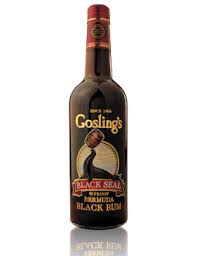
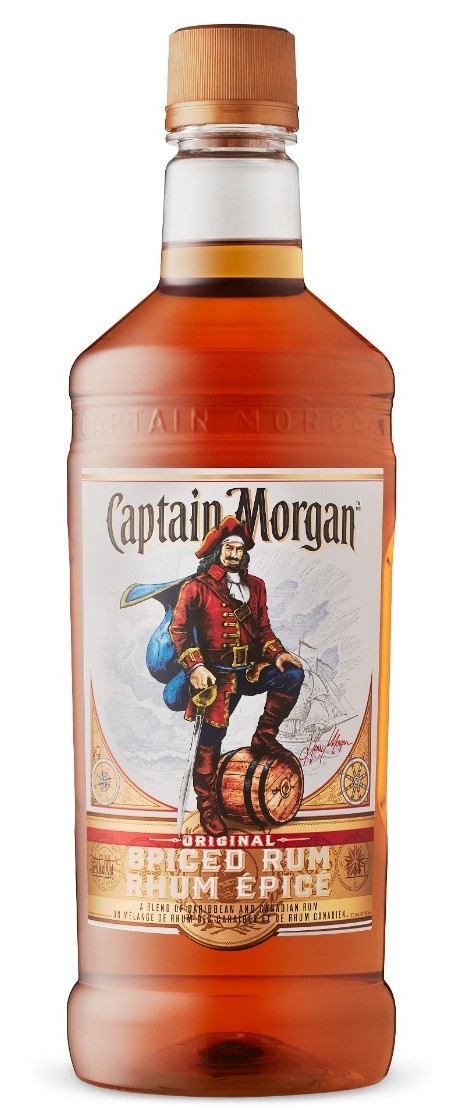

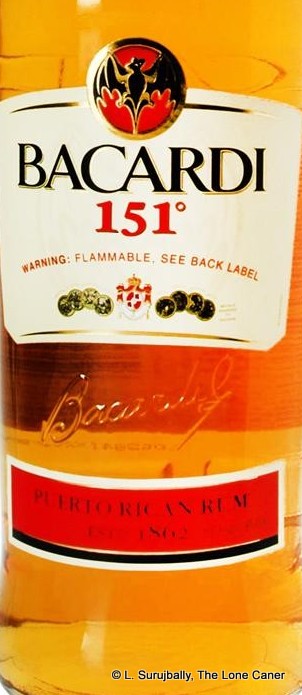 First published 01 October 2010 on Liquorature.
First published 01 October 2010 on Liquorature.







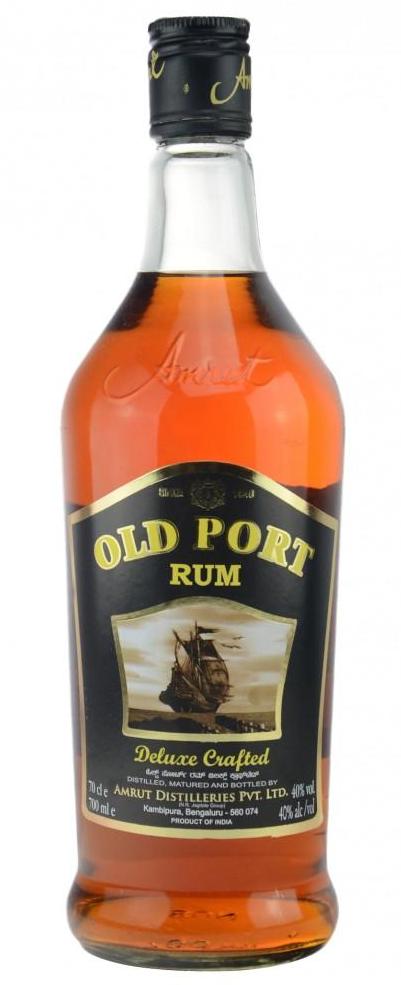
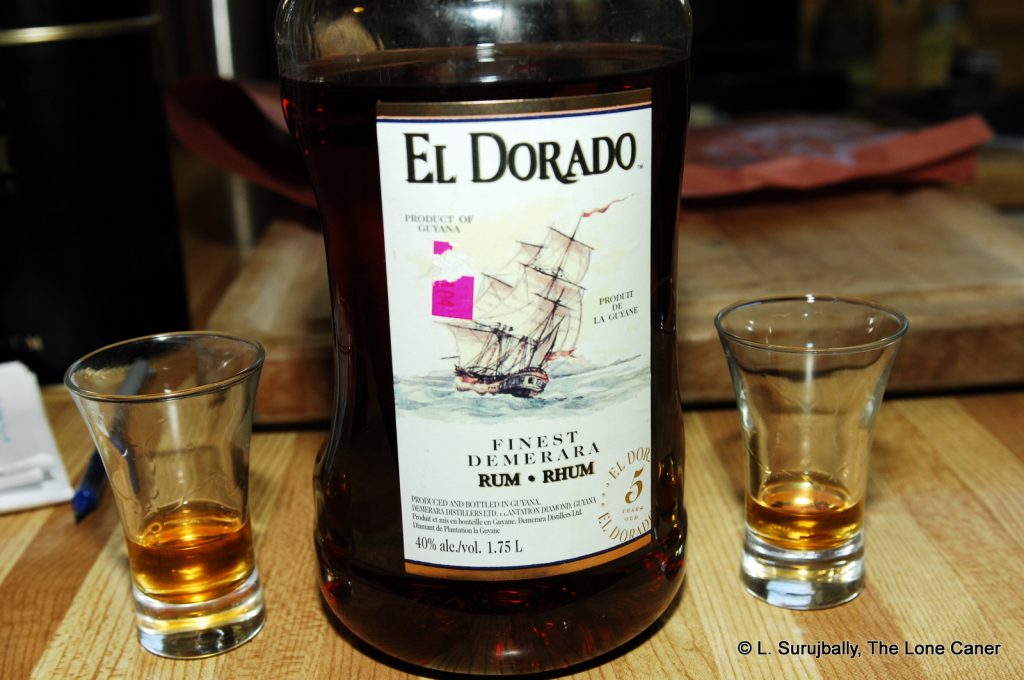
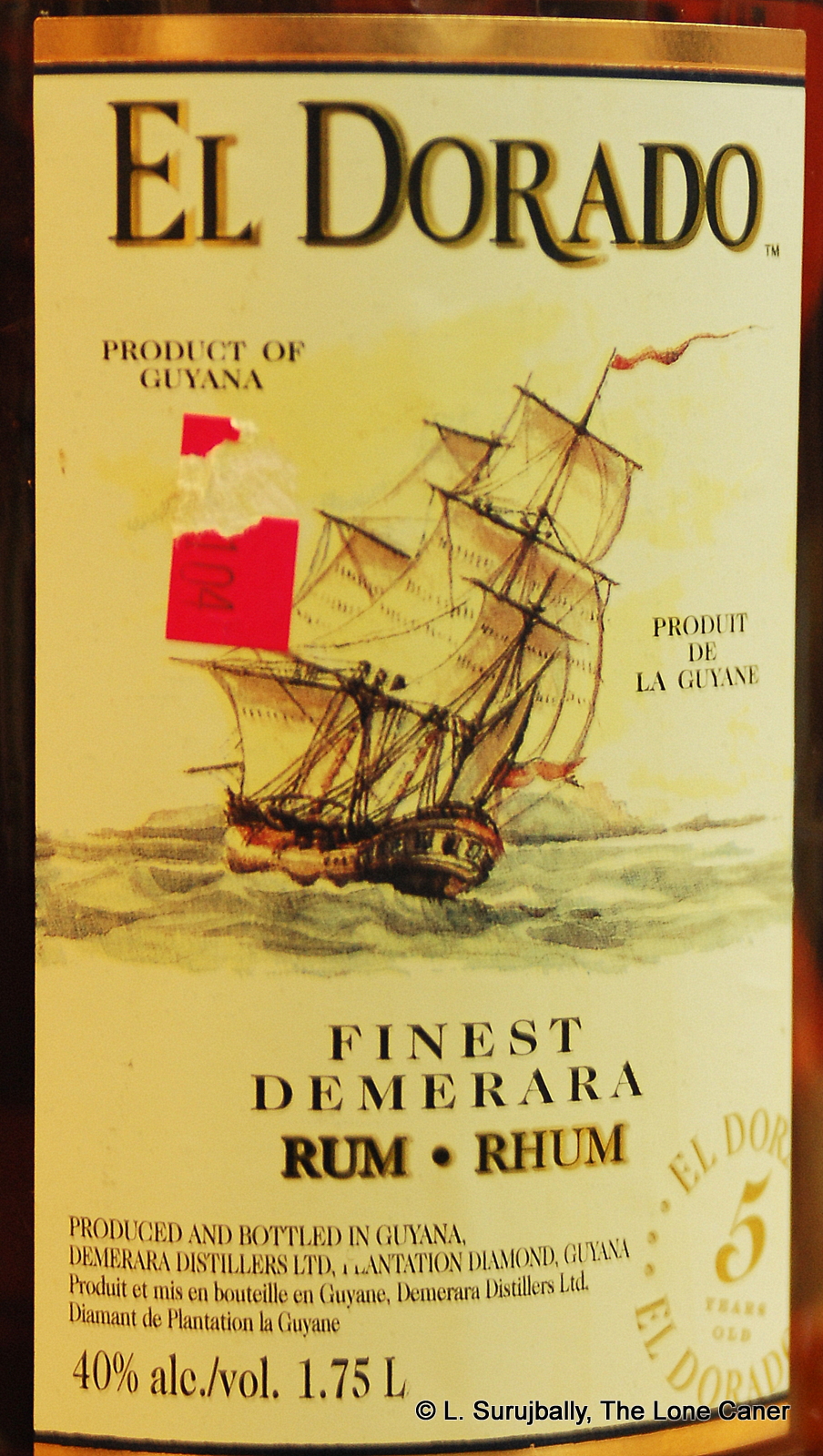
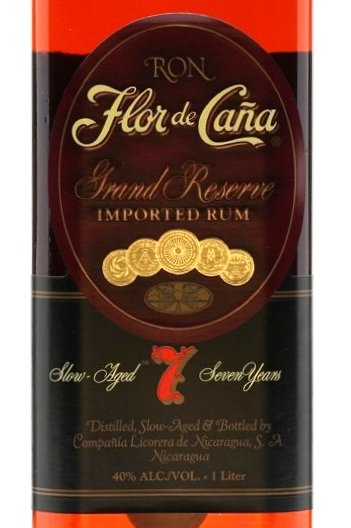
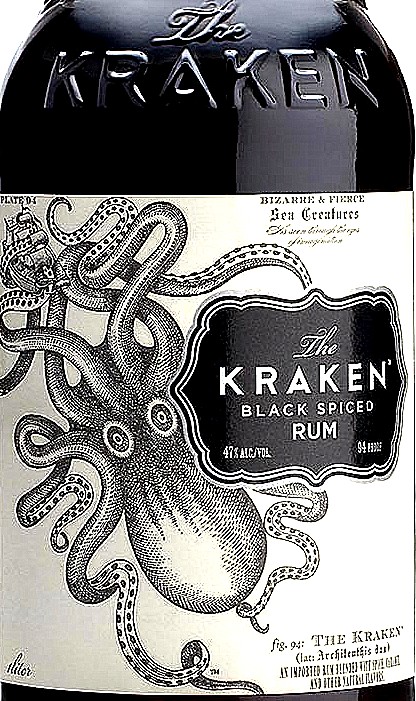


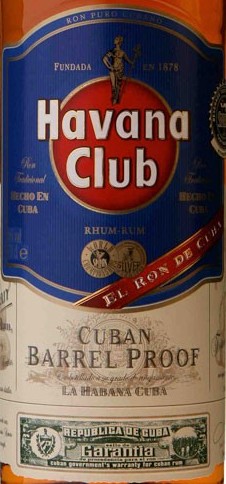 First posted 9th June 2010 on Liquorature.
First posted 9th June 2010 on Liquorature.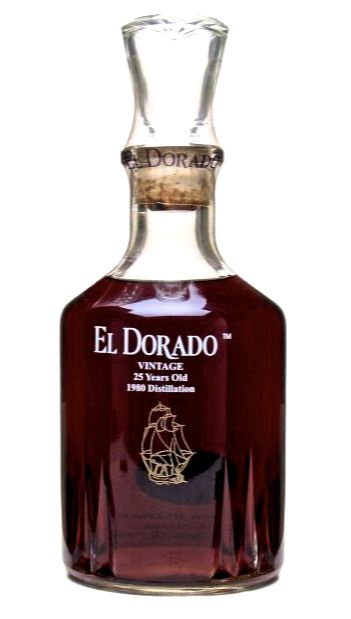 This review was written in 2010
This review was written in 2010